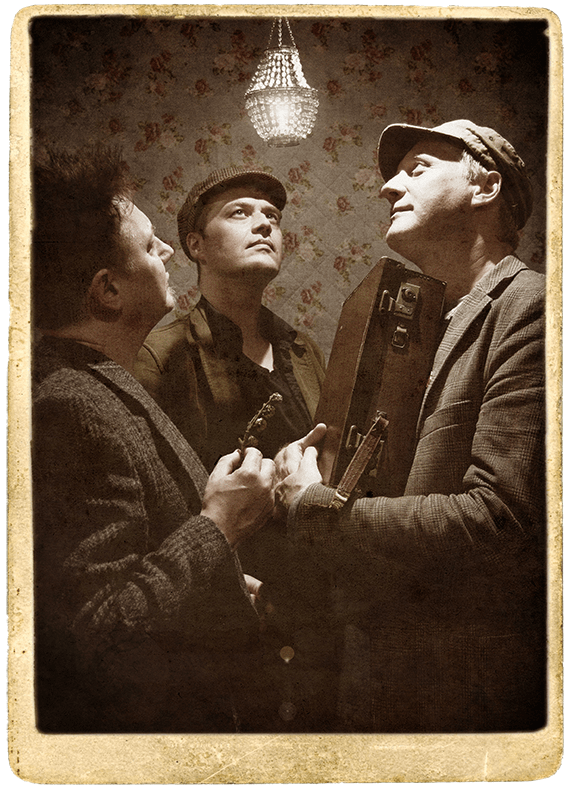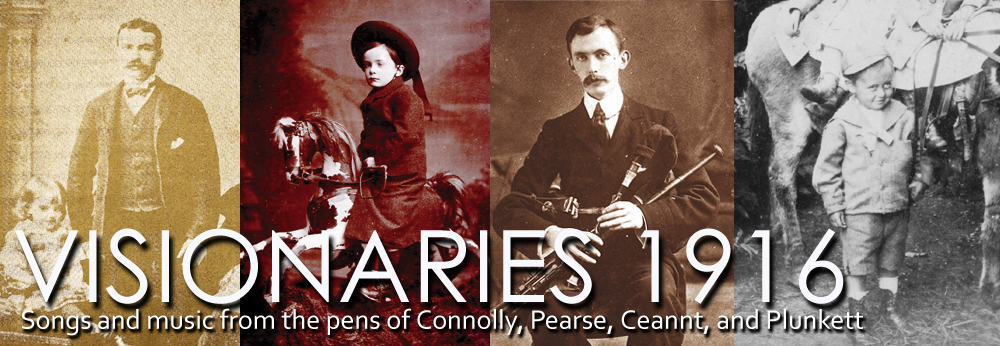Harp and a Monkey @ Village Folk – 25th February

Once again I was released from the steel gates of Sheffield and able to descend the long-winding roads to Derbyshire. There I went to see the latest artist “Harp and a Monkey” to perform for a throng of rapt Derbyshire people at the “Village Folk” session in the The Lawns Hotel, Chellaston. Continuing to draw crowds […]
Lorcán Mac Mathúna – Visionaries 1916 (album review)

Folk music that tackles some stirring source material that should not be forgotten. There is a roving central passion that brings both a delightful sense of joy and personal isolation to the works within. The album dwells very much in the topic it is exploring. The year 2016 will be seen as a year of upheaval […]